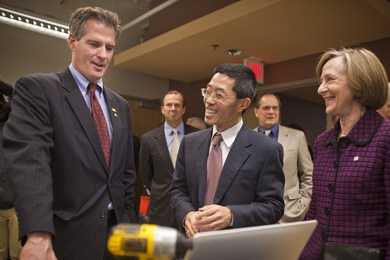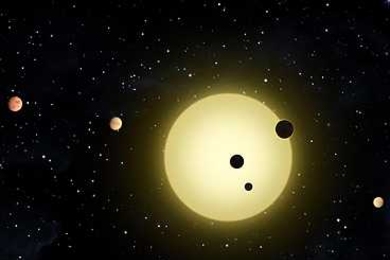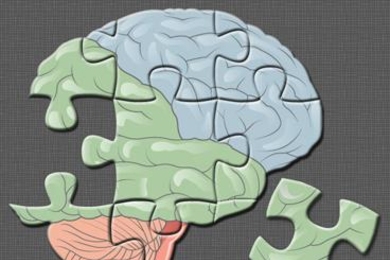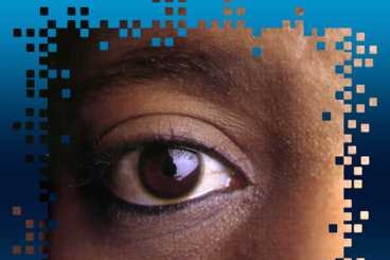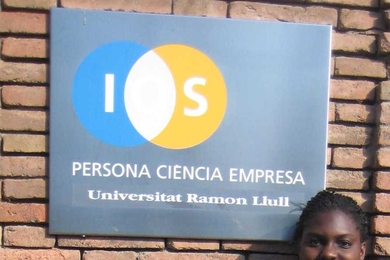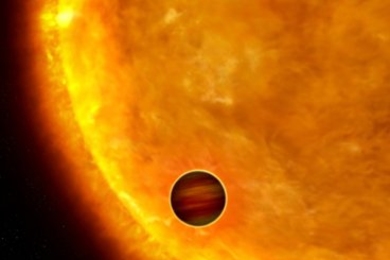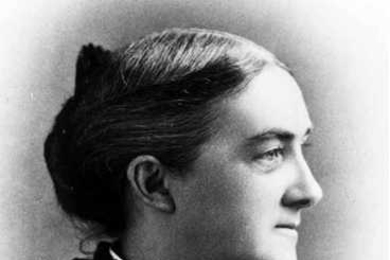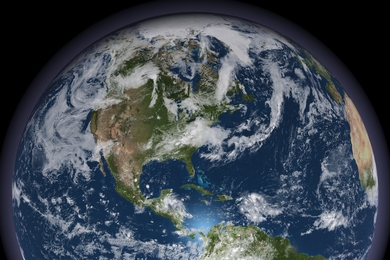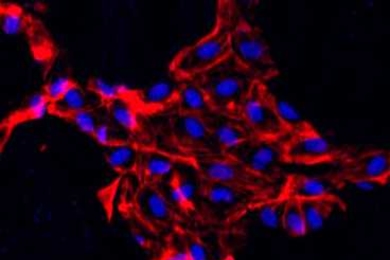Sen. Scott Brown visits MIT
The Massachusetts Republican says the kind of work done at MIT 'can get our economy going.'
3 Questions: Sara Seager on discovering a trove of new planets
NASA’s Kepler orbiting telescope has found hundreds of new possible planets, including 54 in the so-called 'habitable zone.'
What blame can tell us about autism
Neuroscientists find evidence that autistic patients have trouble understanding other people’s intentions.
A clearer picture of vision
New mathematical model of information processing in the brain accurately predicts some of the peculiarities of human vision.
Illuminating the brain
Neuroscientists’ new technique can stimulate brain cells, then reveal how those neurons influence the rest of the brain.
MISTI sends more than 50 students abroad over IAP
Take on real-world challenges in places such as Mexico, Germany and France
Explained: Transiting exoplanets
How astronomers learn whether a planet is habitable by observing slight changes in light emanating from its parent star.
A life filled with firsts
Ellen Swallow Richards, MIT’s first female graduate and faculty member, opened the door for women in science, and founded ecology and home economics along the way.
What's the price of environmental policies?
Joint Program report examines discrepancies in climate-change cost estimates
Putting up a struggle against cancer
Blood-vessel cells can combat aggressive tumors, helping to prevent them from spreading through the body, new study finds.
Prodigy of probability
Norbert Wiener gained fame as the father of cybernetics, but his earlier work on statistical descriptions of complex systems may prove more important.
How liquids behave
Researchers identify a fundamental property of how water and other liquids move at different temperatures.
And then there was light
Astronomers probe ancient radio waves for clues about the universe’s first light.


